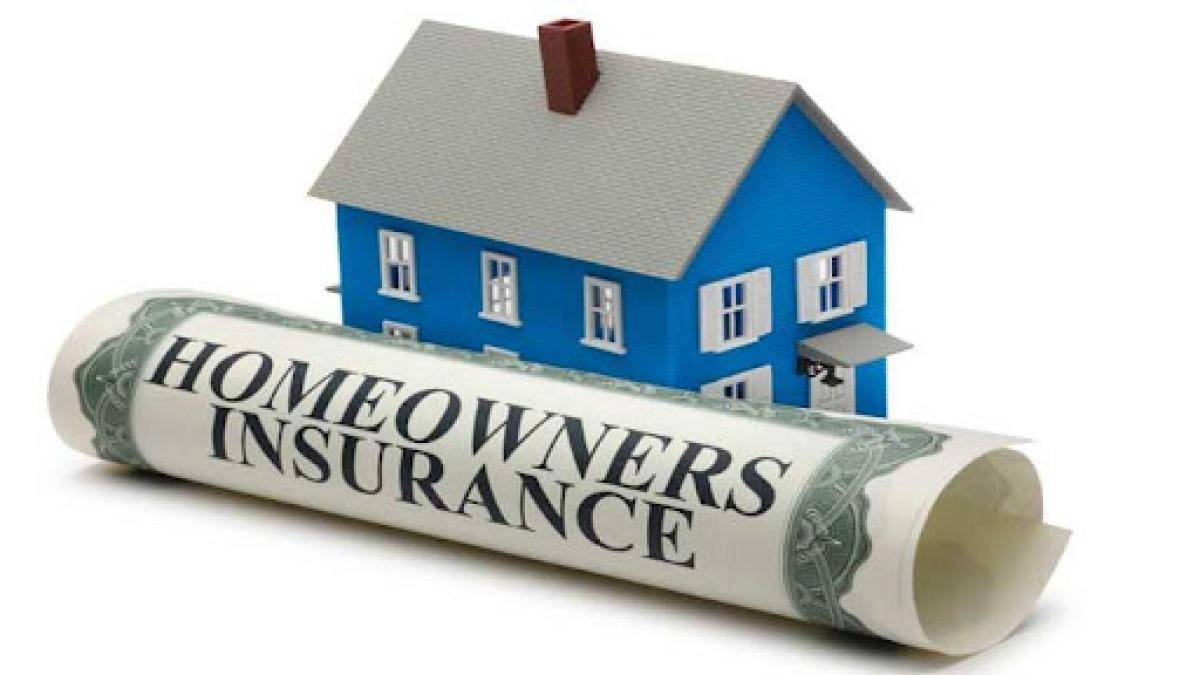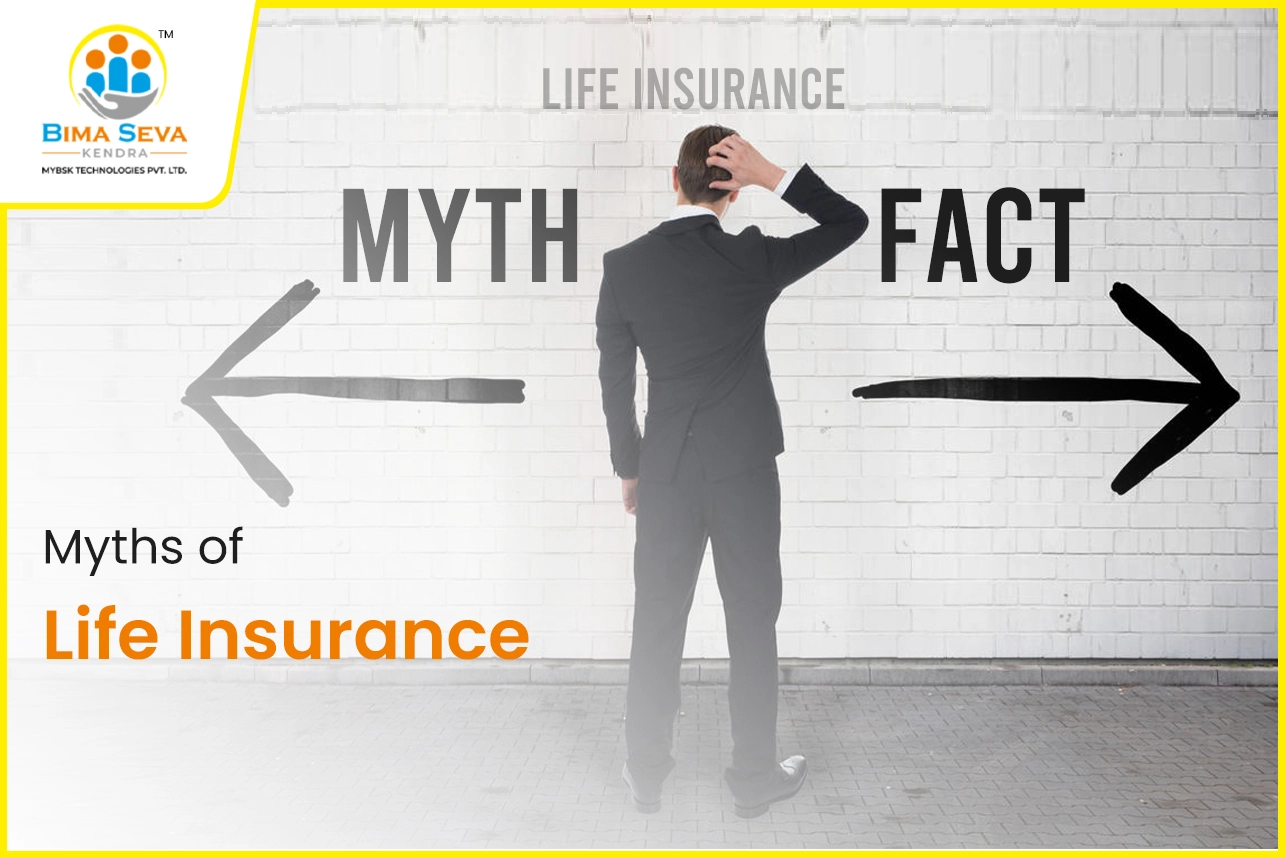Home insurance is one of those things you hope you’ll never need—but can’t afford to be without. It protects your biggest investment from disasters like fire, theft, storms, and lawsuits. Still, many homeowners feel like their insurance costs too much.
So, how do you find affordable home insurance without sacrificing important coverage?
This guide will show you how to save money on your policy, what coverage you really need, and how to avoid common mistakes that can cost you big in the long run.
🏠 Why Home Insurance Is a Must-Have
Let’s be real—owning a home is expensive. Property taxes, maintenance, utilities…it adds up fast. But cutting corners on insurance isn’t where you want to save. Without it, a single disaster could wipe you out financially.
Homeowners insurance typically covers:
- Dwelling protection (your home’s structure)
- Personal property (your belongings)
- Liability coverage (if someone is injured on your property)
- Additional living expenses (if your home is unlivable due to a covered event)
That’s a lot of protection—but it doesn’t have to come at a high price.
💸 How Much Does Home Insurance Cost in 2025?
As of 2025, the average annual premium for home insurance in the U.S. is about $1,500–$2,000, depending on your location, home value, and coverage options.
Some factors that affect your rate:
- Your ZIP code (areas with more crime or natural disasters cost more)
- Age and size of your home
- Your home’s construction materials
- Your insurance claims history
- Your credit score
- Coverage limits and deductible amount
The key is to balance cost with proper protection—and that’s where smart shopping comes in.
✅ 10 Ways to Save Money on Home Insurance Without Losing Coverage
1. Shop Around and Compare Quotes
Don’t stick with the first company you find. Use online tools to compare quotes from at least 3–5 insurers. Rates for the same coverage can vary by hundreds of dollars.
2. Raise Your Deductible
The higher your deductible (the amount you pay before insurance kicks in), the lower your premium. Just make sure you can afford to cover it in an emergency.
3. Bundle with Auto or Other Policies
Most insurance companies offer multi-policy discounts. Bundle your home and car insurance to save 15–25%.
4. Improve Home Security
Installing deadbolts, alarm systems, smart smoke detectors, or surveillance cameras can lower your risk—and your premium.
5. Avoid Small Claims
Filing frequent small claims can raise your rate or get you dropped. Save insurance for major events and handle minor fixes out-of-pocket if you can.
6. Maintain a Good Credit Score
In many states, your credit affects your insurance rate. Pay bills on time, keep credit balances low, and check your credit report regularly.
7. Ask About Discounts
Some companies offer extra discounts for:
- New homes or roofs
- Working fire extinguishers and sprinklers
- Non-smokers
- Senior citizens
It never hurts to ask what you might qualify for.
8. Review Your Coverage Annually
As your home value and personal items change, so should your policy. You might be overinsured or paying for extras you no longer need.
9. Choose the Right Coverage Limits
Don’t underinsure your home, but don’t overpay for unnecessary extras either. Work with a licensed agent to get just the right fit.
10. Use a Local or Regional Insurer
While big-name companies are reliable, smaller insurers sometimes offer better rates and more personalized service—especially in less risky areas.
🔍 What Coverage Should You Never Cut?
While it’s smart to lower costs, some coverage is essential. Here’s what you should always include:
🏚️ Dwelling Coverage
This should be enough to rebuild your home, not just match its market value. Construction costs have risen in 2025, so update this regularly.
🧸 Personal Property
Covers furniture, electronics, clothing, and more. Make a home inventory (photos, receipts) so you know what to claim if needed.
🧑⚖️ Liability Protection
Protects you if someone gets hurt on your property. At least $300,000 in liability is recommended.
🌪️ Additional Living Expenses (ALE)
If your home becomes unlivable (due to fire, storm, etc.), ALE covers hotel stays, meals, and temporary living costs.
🌀 Special Coverage (If Needed)
Standard policies don’t cover floods, earthquakes, or mold. If you live in a high-risk area, consider separate policies.
🔧 Common Mistakes That Raise Your Costs
- Ignoring annual reviews — Your policy should evolve with your home and possessions.
- Undervaluing your rebuild cost — This can leave you underinsured after a major loss.
- Choosing the lowest quote blindly — Some cheap policies leave out important protections.
- Not asking for discounts — Many are available, but they’re not always advertised.
🏆 Best Home Insurance Companies in 2025
Based on customer reviews, financial stability, and claims satisfaction, these companies are great starting points:
- Amica Mutual – Excellent customer service and claims satisfaction.
- State Farm – Largest provider with strong local agent network.
- Lemonade – Tech-driven, fast claims, great for first-time buyers.
- Allstate – Good discounts and flexible coverage options.
- USAA – Best for military families (available only to members).
Get quotes from at least 3 of these to find the best value.
🧠 Final Thoughts
Home insurance isn’t just another bill—it’s protection for your future. And the good news is you don’t have to overpay to stay protected. With a little research and smart planning, you can get affordable home insurance without cutting corners.
Take time to compare quotes, raise your deductible wisely, and ask for every discount you can. Then rest easy knowing your home—and your peace of mind—are in good hands.





